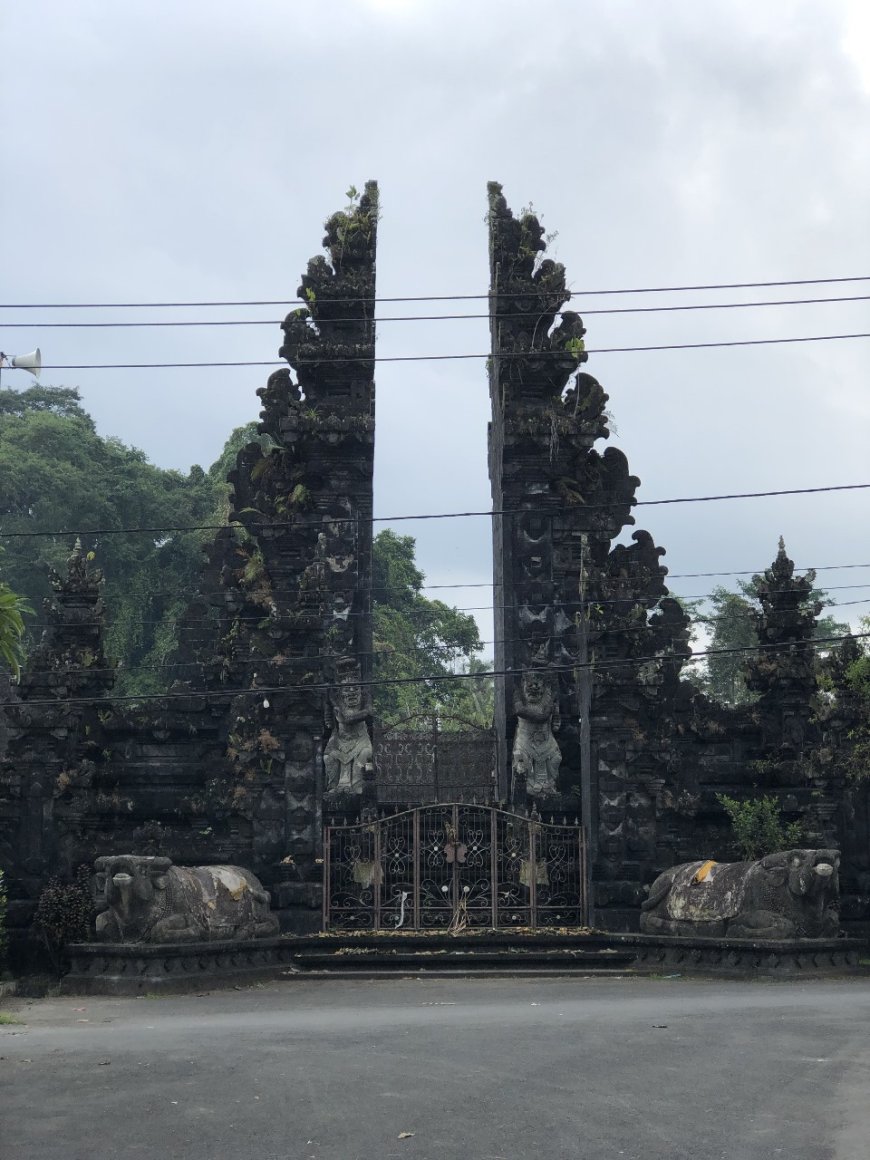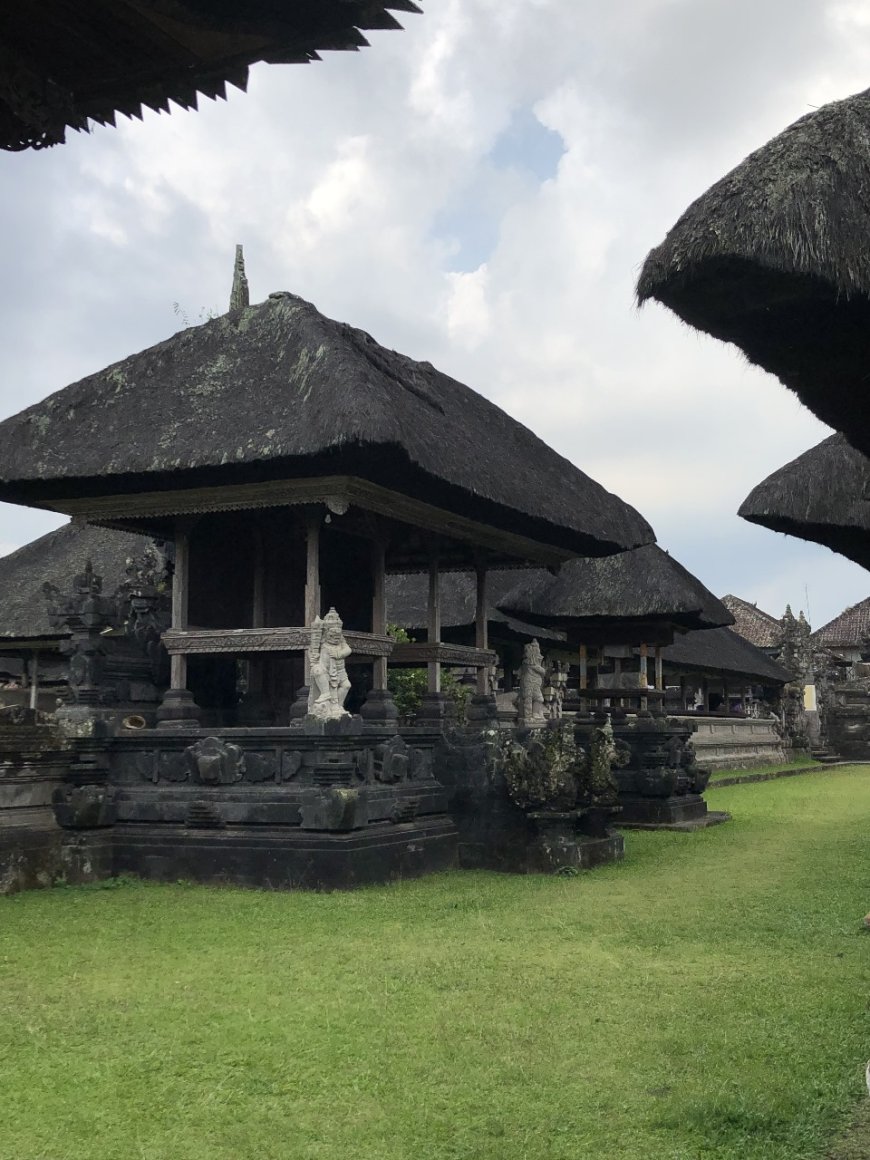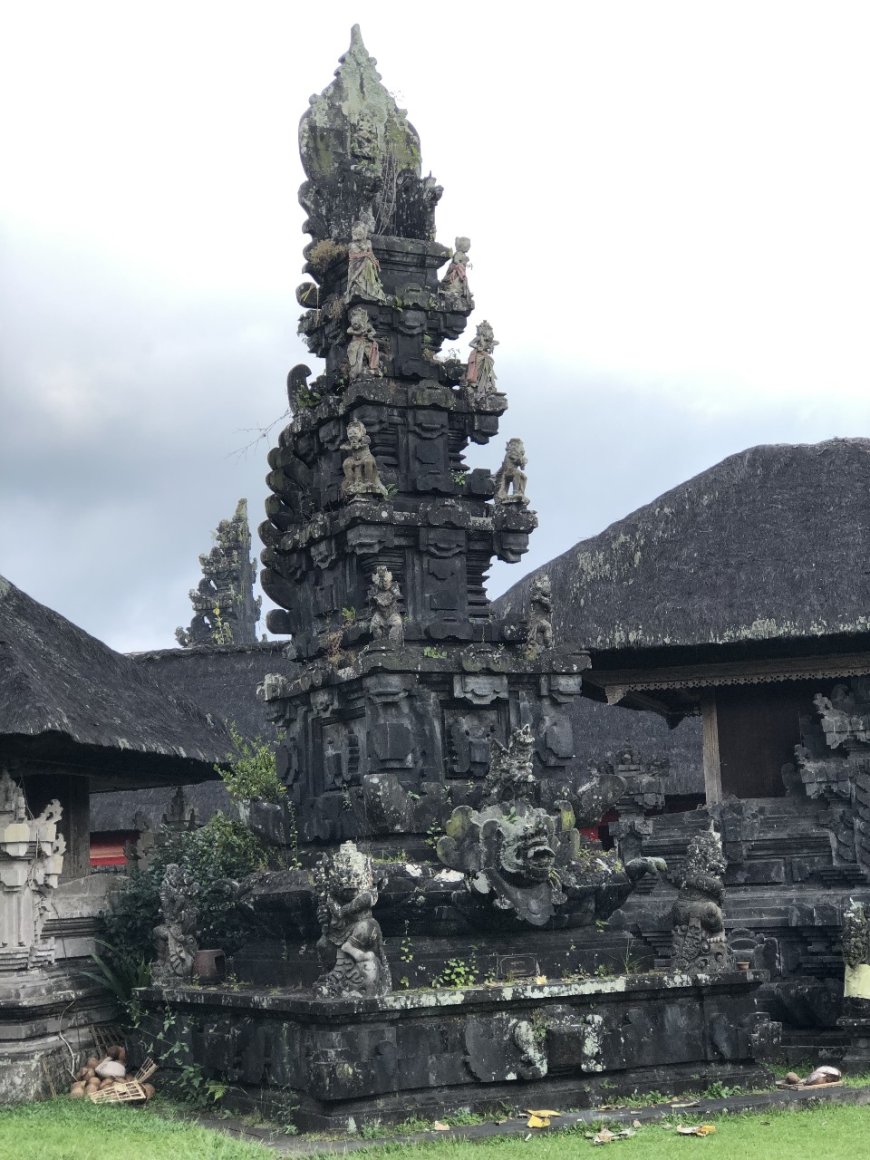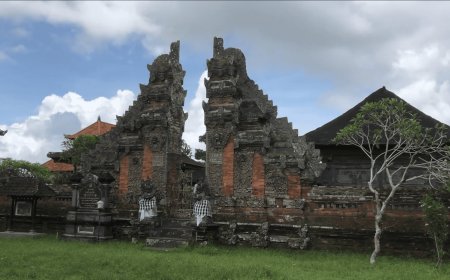The Grandeur of Pura Agung Gunung Raung Taro, A Place that Holds the Legends of Bali's Ancestors
The Pura Agung Gunung Raung Taro is a sacred place with great historical and spiritual significance. This temple is closely linked to the holy journey of Dang Hyang Markandya, a sage from Mount Raung, East Java, who played a key role in spreading Hindu teachings in Bali. After receiving divine guidance to travel to Bali, Dang Hyang Markandya established Pura Basukian in Besakih as the first temple on the island and settled in Taro Village to build Pura Gunung Raung, which became a center for spiritual and agrarian activities.
Pura Agung Gunung Raung Taro, also known as Amunduk Taro, is one of the most magnificent temples in Taro and serves as a spiritual center for many surrounding communities. The history of this temple dates back to the 17th century when Maha Rsi Markandeya journeyed from India through East Java to spread Hindu teachings to Bali. He taught the importance of harmony with nature and sustainable agricultural practices, enabling the people of Bali to live off their land without having to migrate. His legacy is still felt today in the form of the Subak system, which is an irrigation management system for rice fields that utilizes natural ecosystems and is passed down from generation to generation. Located in Taro, Tegallalang District, Gianyar Regency, this temple captivates every visitor with the beauty of its architectural design. The temple is not only a place of worship but also a symbol of the history and cultural richness of Bali. The name Gunung Raung is derived from the highest mountain in East Java, where Maha Rsi Markandeya resided before continuing his spiritual journey to Bali and settling in Taro.
Pura Agung Gunung Raung Taro is highly revered for its reputation as a sacred place where people typically meditate and make important decisions. This temple is the perfect spot for those seeking tranquility and inner enlightenment, as it is surrounded by forests and mountains. Religious leaders and community members often visit this temple to meditate before making significant decisions. They do this because they believe that this place possesses spiritual energy that can provide wisdom. Every decision made at the serene and tranquil Pura Agung Gunung Raung is hoped to receive guidance from the divine forces that maintain harmony in life.
As a revered spiritual center, Pura Agung Gunung Raung Taro not only serves as a place for making important decisions but also plays a role as a source of tranquility and inner strength for Hindus. This temple attracts many people who wish to strengthen their spiritual connection with Sang Hyang Widhi, as it is a place filled with divine energy. The temple is grand due to its role as a place of worship and prayer, where prayers are recited to seek blessings and guidance in life. Not only is Pura Agung Gunung Raung Taro a place of worship, but it also serves as a center of spiritual power that provides peace of mind. To this day, Pura Agung Gunung Raung Taro remains respected as one of the oldest sacred temples in Bali, with a spiritual grandeur that continues to attract many Hindus and tourists seeking to experience the peace and sacred strength that have existed for centuries.

Gunung Raung Taro Temple (Photo Source: Personal Collection)
Architecture of Pura Agung Gunung Raung Taro
Symbolically, the two parts of the Candi Bentar that appear separate yet similar represent cosmic balance and harmony between masculine and feminine elements, or between purusa (spirit) and prakerti (matter). Although they seem separated, both remain united in balance as the gateway to the spiritual dimension.
In the Madya Mandala (middle zone), visitors will find bale, an open building that serves as a meeting place and venue for religious ceremonies. Some of the bale in this temple are adorned with beautiful carvings that depict stories from Hindu mythology.

Bale of Gunung Raung Taro Temple (Photo Source: Personal Collection)
In the most sacred zone, known as Utama Mandala, there is a meru, a tiered structure that symbolizes Gunung Meru, the center of the universe in Hindu cosmology. The meru is typically layered with a black thatch roof, and the more tiers it has, the higher its level of sanctity. Additionally, there is a pelinggih, a place where statues and symbols of the deities reside, particularly the highly revered Lord Shiva in this temple.
Each zone in the temple has an important function in religious ceremonies. The main structure of this temple is dominated by the magnificent Candi Bentar at the entrance gate and the towering meru, which symbolizes the sacred mountain and the dwelling place of the gods. This temple is built from andesite stone and traditional red bricks typical of Bali, adorned with intricate carvings that depict Hindu mythology and the spiritual journey of Dang Hyang Markandya.
Ornaments such as statues of deities and Shivaistic symbols give a sacred and majestic aura to this temple. With a backdrop of lush and tranquil nature, the architecture of Pura Agung Gunung Raung Taro reflects the harmony between humans, nature, and God, in accordance with the Tri Hita Karana philosophy embraced by the Balinese people.
Etiquette for Entering Gunung Raung Taro Temple

Etiquette Sign for Entering the Temple (Photo Source: Personal Collection)
Etiquette for entering Pura Agung Gunung Raung Taro must be upheld to maintain the sanctity of the place. Visitors are prohibited from entering the temple without permission from the village customary leaders responsible for local customs and rules. Additionally, anyone wishing to enter must wear traditional Balinese attire as a sign of respect for the temple's traditions and spirituality.
For women, there is a prohibition against entering the temple while menstruating, as it is considered less pure in the context of Hindu customs. Furthermore, those who are in a period of desa halangan (community restrictions) or bedukacita (mourning due to the loss of a family member) are also forbidden from entering until the mourning period is over. These rules are designed to preserve the sanctity and honor of the temple as a sacred place of worship and spirituality.






































































